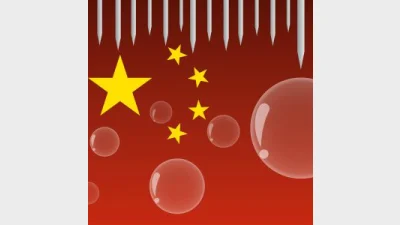China A-shares inclusion in MSCI indexes has positive effect



The increased inclusion of China A-shares into the MSCI indexes has had a positive effect on local companies as it provided incentives to improve transparency, according to T.Rowe Price.
As the inclusion factor was expected to continue to rise over the long term, foreign institutional investors should have greater influence on the price of blue-chip A-shares, according to portfolio manager for T.Rowe Price’s Asia Opportunities equity strategy, Eric Moffett.
“This should be a good incentive for local companies to increase the transparency of their reporting practices and to adopt strategies that more firmly consider shareholders’ interest, as companies with better corporate governance are more likely to be owned by foreign investors,” he said.
According to Moffett, MSCI’s announcement should translate into around US$40 billion worth of inflows from active funds, assuming these funds allocate money according to benchmark weight.
“While incremental, this is still rather small compared with the size of China’s domestic stock market, but we are very excited about the opportunity set in this market and its growing relevance to investors outside of Asia,” he said.
Although foreign ownership of A-shares was still at low levels, it was projected to increase rapidly over the next few years.
“As in other markets, we believe our team of analysts can uncover hidden gems in China’s vast and inefficient domestic stock market using the same rigorous fundamentals-based investment research process,” Moffet added.
Recommended for you
Higher interest rates could be on the cards for 2026 after monthly CPI inflation for October showed an increase of 3.8 per cent.
Global actively managed ETF assets hit a record high in October, according to independent research and consultancy firm ETFGI, breaking the record set the previous month.
Federation Asset Management has appointed an investment director and head of responsible investments to support ESG integration strategy across the firm.
Global X has announced the launch of its latest ETF, providing access to Japan’s largest companies under a low-cost structure.












